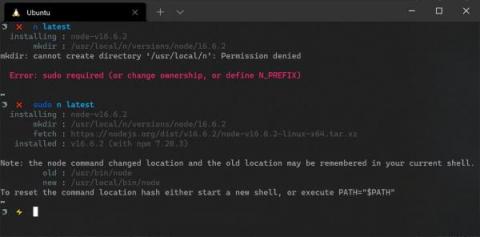How to Test Side-Effects in Node.js
Writing tests for an application is the most difficult but necessary element of a development process. Tests ensure correct code maintenance and enhanced code quality. In this tutorial, we’ll show the best way to handle side effects in your Node.js applications. But first, let's define side-effects.











